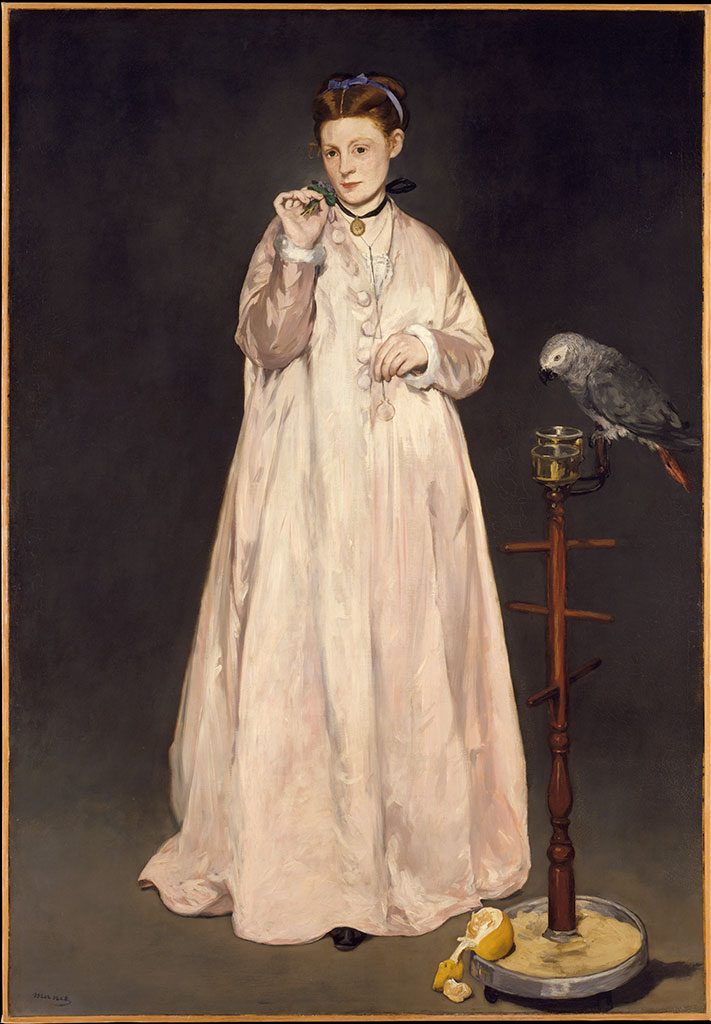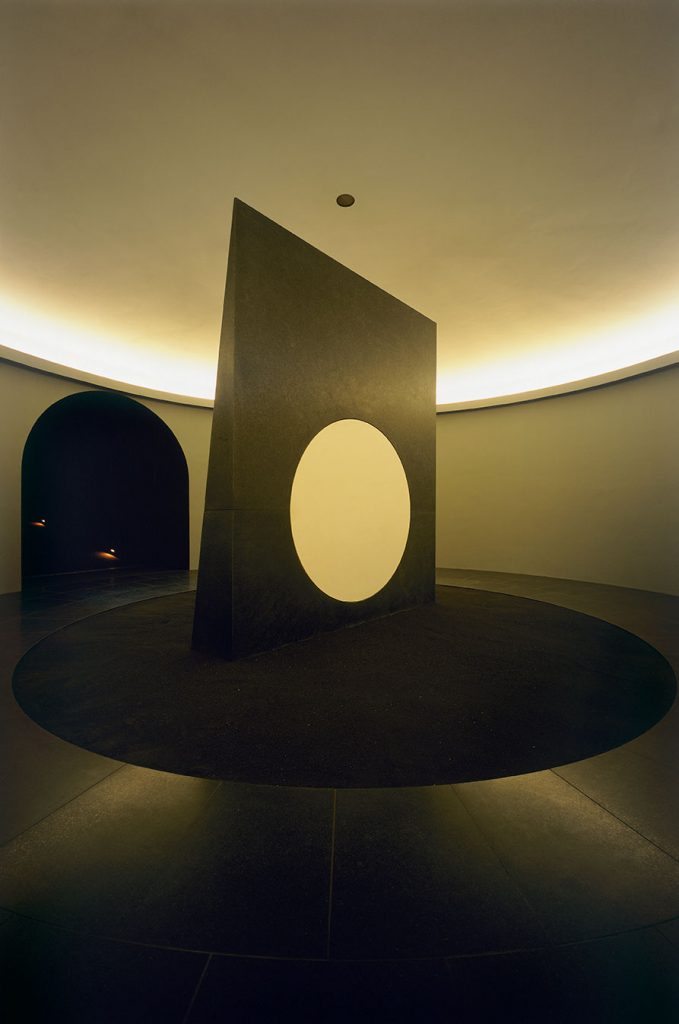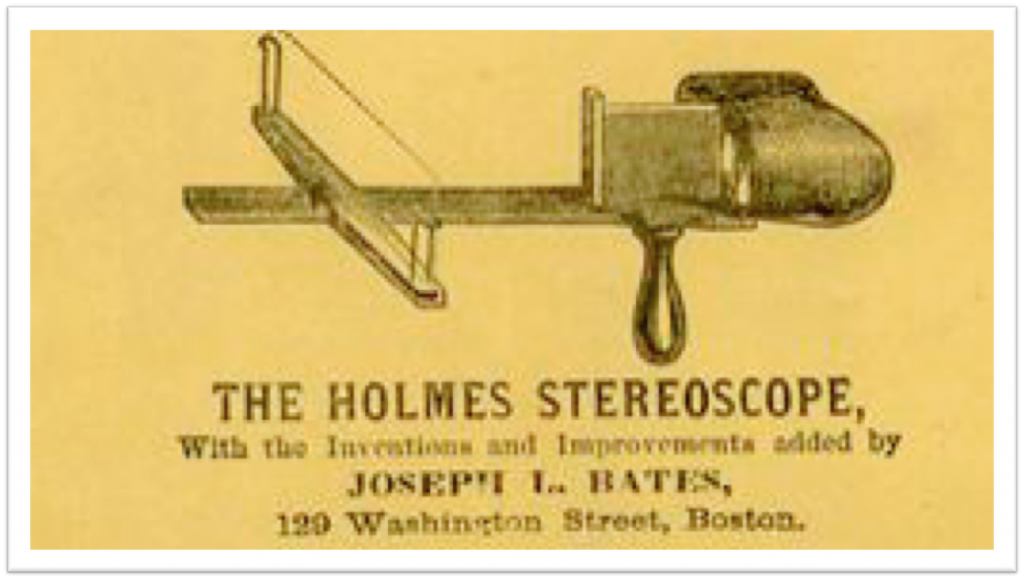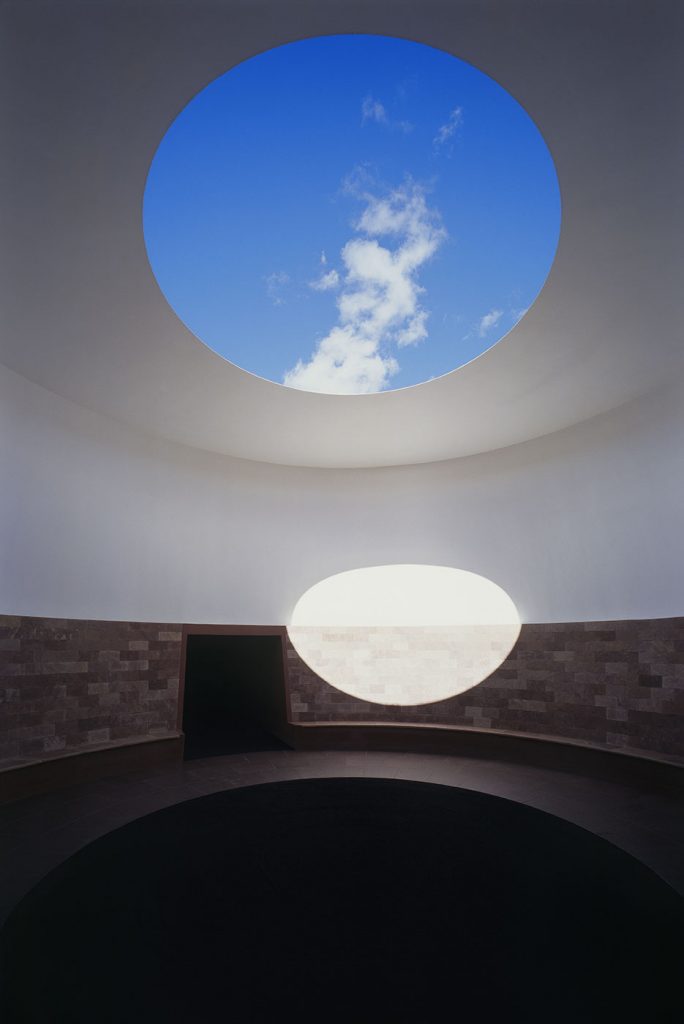Arden Reed
Take it Slow
In a forthcoming book from University of California Press, cultural historian Arden Reed mentions the rather astonishing discovery that the average museumgoer devotes about 10 to 15 seconds to studying a work of art. Yet his own experiences with widely different kinds of art, beginning with a long-term involvement with Manet’s Young Lady in 1866 in the Metropolitan Museum, led him to write a book on the joys of slowing down when we come to processing painting, sculptures, or a massive example of Land Art like James Turrell’s Roden Crater.
Our conversation about his new book, Slow Art, from University of California Press, touches on a broad range of topics, from “stereoscopic logic” to a pageant of tableaux vivants in Laguna Beach, CA,, to Ad Reinhardt’s series of “Black Paintings.” And he discusses what artists have to gain from learning about “contemplation satisfaction.”
Advertisement for a stereoscope
Photo of Arden Reed by Victoria Laszlo.






Good interview. To the question posed about how do you get a person to slow down and really ‘look’ at art, I offer two ways to approach the task.
For students coming through an exhibition of mine, I passed out 3 x 5 cards along with pencils. I asked that they find their favorite sculpture and make a drawing of it on one side of the index card. After a few minutes, I then asked everyone to exchange cards. The students were then asked to go find the sculpture – look at it, then look at the drawing.
They were then asked to turn the cards over, and write a brief statement( one word or one sentence) about the sculpture. The process took about 15 minutes. Later, in the classroom, the teachers reported excellent recall by the students regarding some of the sculptures they had seen. Moral to the story: Teach art and how to look at art in grades K-12!
The second way is one used before cameras were available to everyone – a person took out pencil and paper and drew what they saw – especially on holidays. For example, while living in Egypt, I met a family from England, on an extended trip through Egypt. Mom was an artist and teacher. The father – an architect. No cameras were permitted on the trip. The two children had been given journals and were asked to draw the sites and images they wished to remember, including written descriptions. There is something magical about how the mind recalls what the hand has seen! But one must leave the camera (iphone) at home. In this way, the picture really can be worth a thousand words.